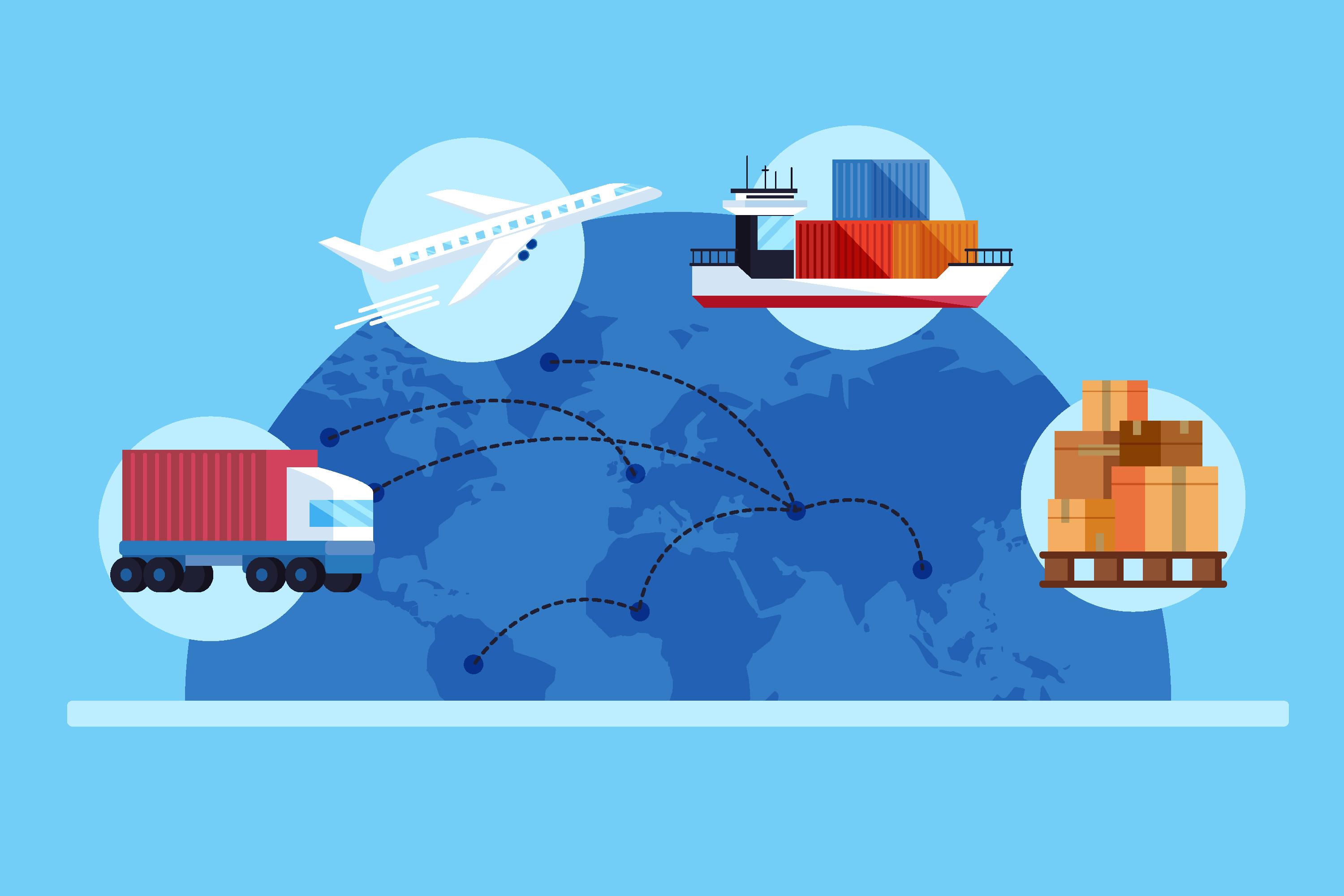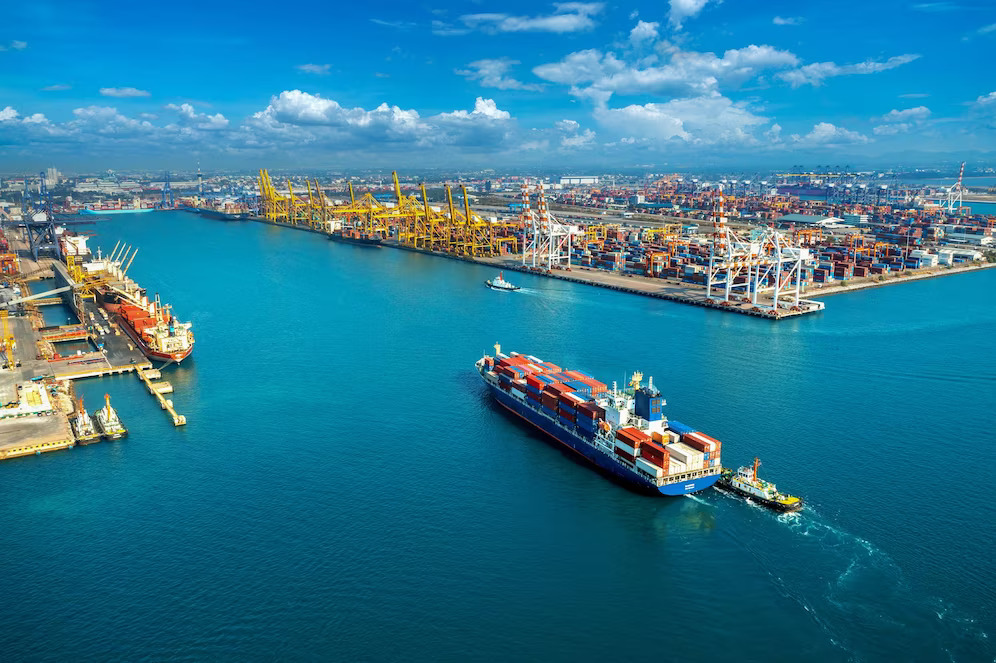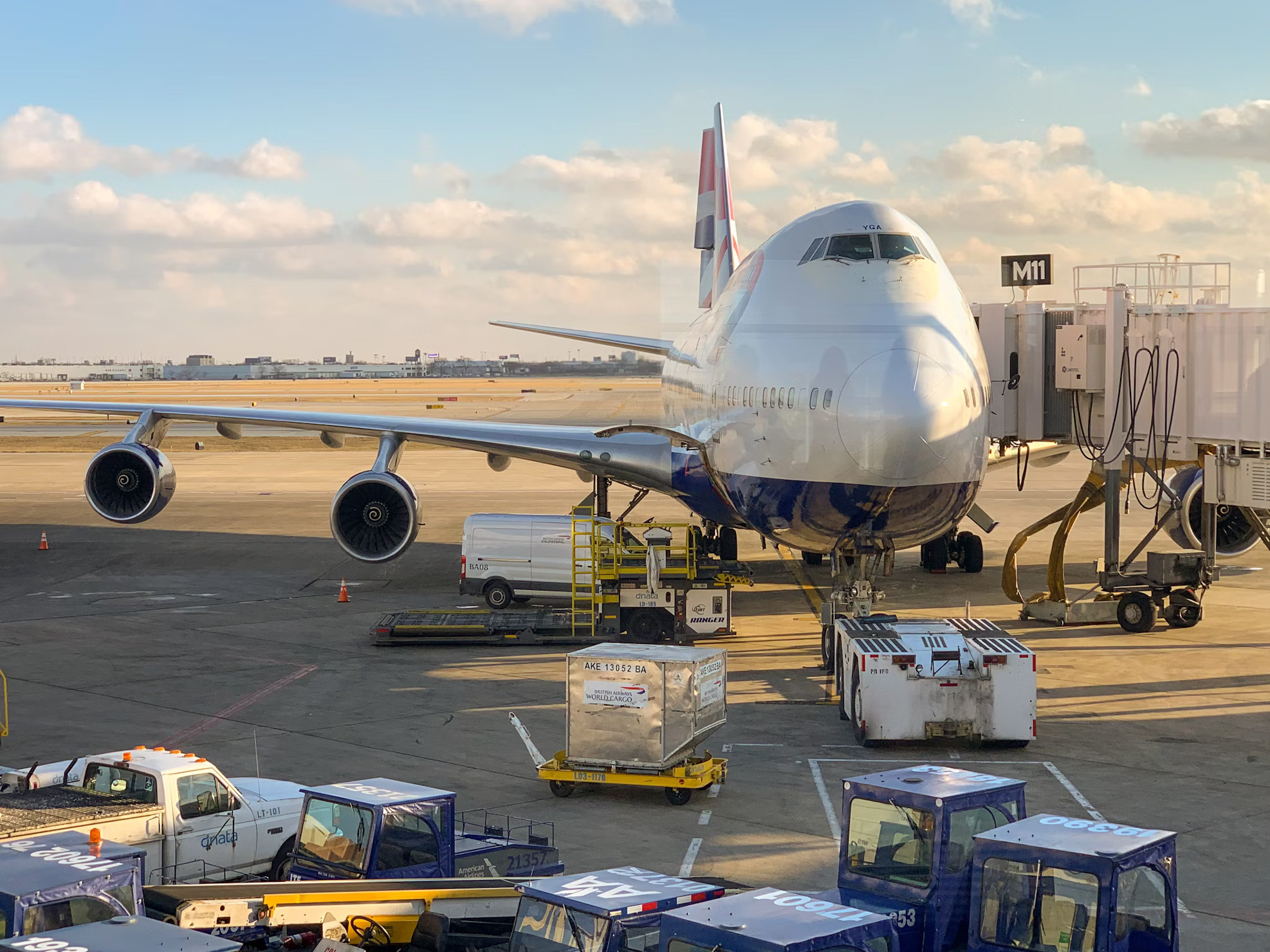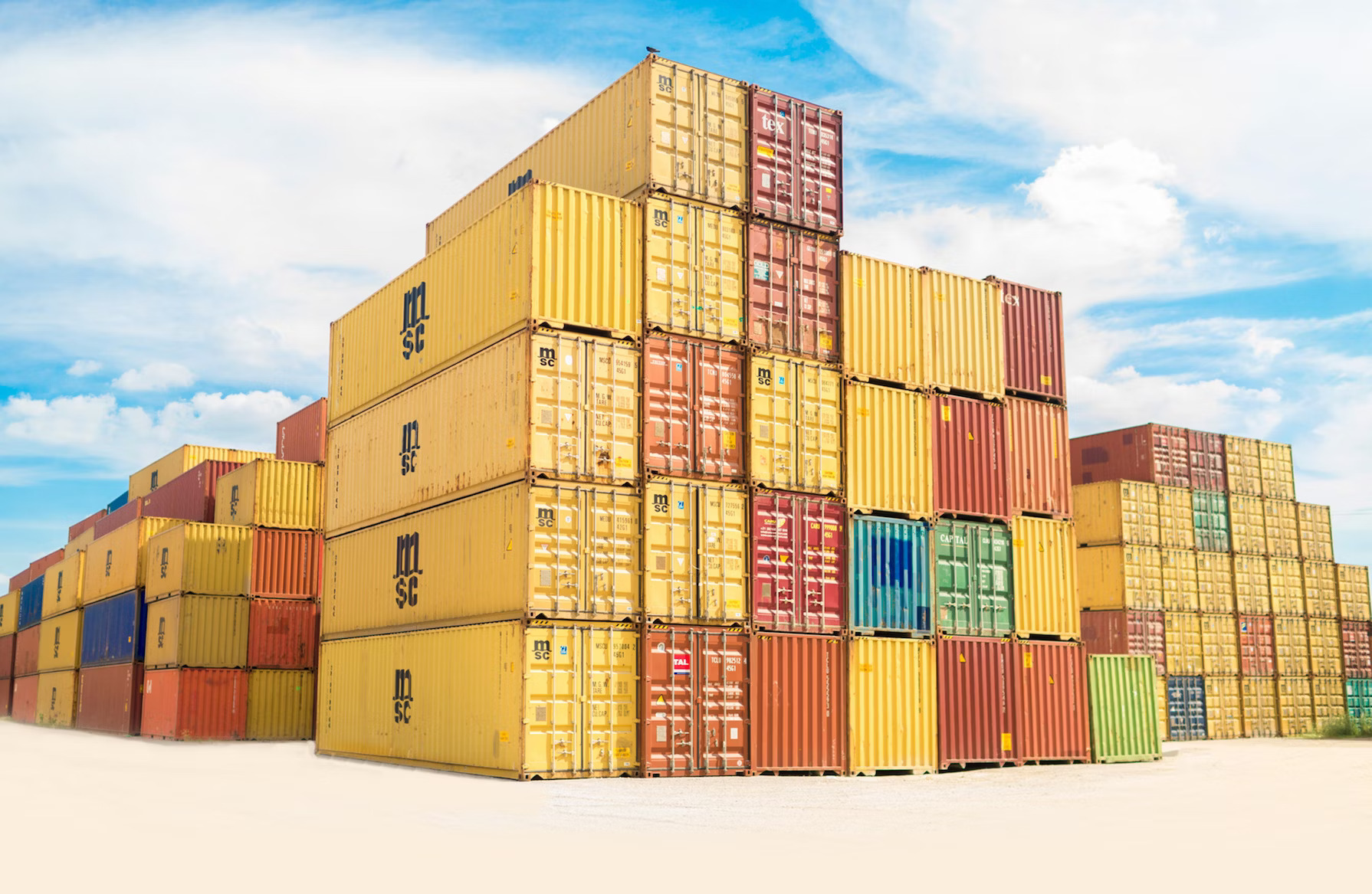We are all aware of how the pandemic caused a boom in demand. Following this, there's even been a revival in the world freight market, but as most experts thought, it was short-lived and now falls under “freight recessions”. Things like surplus capacity, lowered demand, competition, and increased economic uncertainties combine to have major implications on global shipping volumes and freight prices.
In this blog, we talk about the issues stemming from this recession, the impact of it on global supply chains, and what 2025 has in store for us.
Slumping Demand and Overcapacity: The Epicenter of the Recession
As with any other problem, this as well has its rooted causes, and one of the top reasons is a contemporary phenomenon called overcapacity in shipping markets freight slow downs. During the pandemic, carriers had accumulated fleets to secure supply. After a while, when demand started to fizzle and stocks normalized, there was close to zero market requirement for so many slots.
Because of this overcapacity, the following are most likely to happen:
Reduced profitability from lesser container rates on main routes.
Carrier competition per slot heats up, leading to more aggressive strategies.
And greater losses, and even going bankrupt, from smaller carriers.
Because of the strive to fill containers aggressively, companies end up facing a lower demand for space, leading to losing out on rates and slower-moving cargo.
The Tariff Impact: New Challenges and Systems Costs
The new difficulties arising from the most recent trade wars, predominately the U.S.-China trade war, have compounded the stresses the world was already facing. The increase in tariffs has heightened transportation costs causing most firms to rethink their shipping and sourcing Strategies.

The ramifications entail:
Supply chains being shifted around the world, with businesses moving to new base countries such as Vietnam or India.
Increased transportation costs of goods under new or increased tariffs.
Additional custom inspection and documentation.
These changes have caused disruption to the longstanding patterns of trade and further added to the uncertainty surrounding the logistics sector.
The global inflation Covid-induced inflation, volatile interest rates, persistently changing fiscal policies, and the ongoing war are all straining demand and business sentiment regarding logistics. This- combined with most manufacturers and retailers opting not to refill their inventories- is leading to significantly lowered freight volumes.
The most salient issues encompass:
Cost exacerbated fuel and operational costs.
Trade insensitive currency shifts.
Policy shaped shifts in larger national economies with influence on international borders within logistics.
Major central banks of developed economies are operating under a tight monetary policy, while shipping operates under low consumer demand and liquidity.
What to Expect in 2025: A Possible Recovery?
While a general slump is ongoing, industry experts expect a slow recovery starting in Q3 2025. Expectations are that spot rates will increase as the industry begins to recover from overcapacity.
Mystery milestones progress for mixed objectives:
Spot rates will increase and need equilibrium to retain after fuel supplies.
Increased tender rejection rates as carriers become harder to obtain and give greater power to bargain with freight companies.
Supply chains change amid increased trading regionally and nearshoring driven demand growth, raising competitor pressure.
Well-adapted firms that quickly adjust their logistics will be positioned to capitalize on the recovery.

Take away points
The freight recession is an overcapacity situation stemming from global trade stress, economic uncertainty, and shifting demand trends. In any case, the situation poses challenges for many companies, but it is also a time when enterprises need to evaluate and enhance these...The crucial thing to keep doing as we expect a recovery in the second half of 2025 is to be nimble and proactive. In terms of market recovery, the companies that are best suited will be those that are diversified, well-connected with carriers, and are well organized.
Ready to Navigate the Freight Recession?
Mahalogix empowers businesses to weather market downturns with smart logistics strategies, carrier network optimization, and end-to-end freight management solutions. Whether you're reevaluating your shipping lanes or exploring nearshoring opportunities, we’re here to help you stay agile and competitive.
Talk to Mahalogix today and prepare your supply chain for what’s next.










